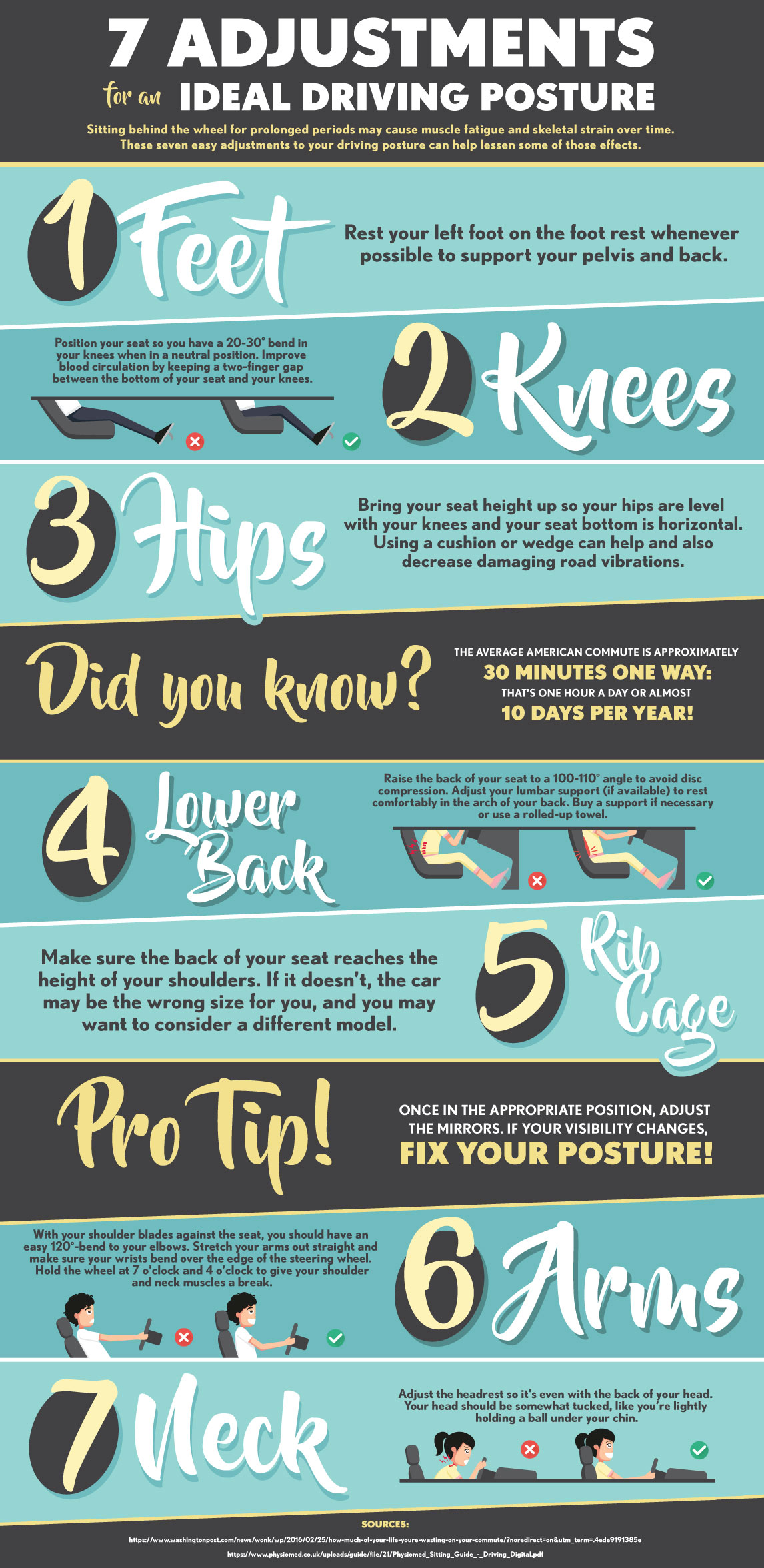The Relationship In Between Posture And Back Pain: Methods For Keeping Proper Placement Throughout The Day
The Relationship In Between Posture And Back Pain: Methods For Keeping Proper Placement Throughout The Day
Blog Article
Authored By-Houghton Fox
Maintaining correct posture isn't almost staying up straight; it has to do with aligning your body in a manner that sustains your back and minimizes the risk of back pain. The way you rest, stand, and relocate throughout the day can substantially impact your spinal health. Yet just how precisely can you make sure good placement regularly, even throughout active days filled with different activities? Allow's dive deeper right into the subtle yet impactful changes you can make to your daily routine to maintain your back delighted and healthy.
Importance of Correct Position
Proper pose is critical in preserving a healthy and balanced back and stopping discomfort. When you rest or stand with good posture, your spine remains in placement, lowering strain on your muscle mass, tendons, and joints. This placement allows the body to disperse weight equally, protecting against excessive stress and anxiety on certain locations that can cause pain and pain. By maintaining your spine properly straightened, you can also improve your breathing and digestion, as slouching can press body organs and limit their capability.
In addition, maintaining excellent stance can improve your total appearance and positive self-image. When you stand tall with your shoulders back and head held high, you show self-confidence and appear even more friendly. Good stance can likewise make you feel a lot more invigorated and alert, as it promotes correct blood circulation and enables your muscle mass to work effectively.
Integrating proper pose right into your day-to-day routine, whether sitting at a desk, walking, or working out, is crucial for preventing back pain and advertising overall health. Remember, a tiny modification in how you hold on your own can make a substantial difference in exactly how you feel and work throughout the day.
Common Postural Mistakes
When it concerns preserving great posture, many individuals unknowingly make common errors that can contribute to back pain and discomfort. Among one of the most common errors is slumping over or hunching over while resting or standing. This setting places excessive strain on the spinal column and can bring about muscle mass inequalities and pain in the future.
An additional usual blunder is overarching the reduced back, which can squash the all-natural curve of the spinal column and cause pain. Additionally, crossing legs while resting may feel comfy, yet it can produce an inequality in the hips and pelvis, resulting in postural concerns.
Making pain in back of a cushion that's too soft or also strong while sleeping can additionally influence your positioning and add to pain in the back. very low back pain but not least, continuously craning your neck to check out screens or readjusting your placement regularly can strain the neck and shoulders. Bearing in mind these usual postural errors can help you keep better placement and lower the threat of back pain.
Tips for Correcting Alignment
To boost your alignment and reduce back pain, it's essential to focus on making small adjustments throughout your everyday routine. Beginning by being mindful of your position. When sitting, ensure your feet are flat on the floor, your back is straight, and your shoulders are kicked back. Stay clear of slouching or leaning to one side. Usage ergonomic chairs or paddings to sustain your reduced back.
When standing, distribute your weight uniformly on both feet, maintain your knees slightly curved, and embed your pelvis. Engage your core muscle mass to support your spine. Take breaks to stretch and walk if you have an inactive work. Incorporate workouts that reinforce your core and back muscles, such as planks or bridges.
While sleeping, make use of a cushion that supports the natural curve of your neck to maintain correct spinal placement. Prevent sleeping on your belly, as it can strain your neck and back. By bearing in mind these tips and making small modifications, you can slowly correct your placement and alleviate neck and back pain.
Verdict
Remember, preserving great pose is key to preventing neck and back pain and advertising spine wellness. By being mindful of your alignment, dispersing weight uniformly, and involving your core muscular tissues, you can minimize stress on your back and lessen the risk of discomfort and injury. Integrate ergonomic assistance, take regular breaks to stretch, and reinforce your core and back muscles to keep proper alignment throughout the day. Your back will thank you for it!
